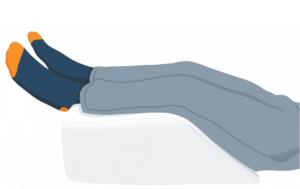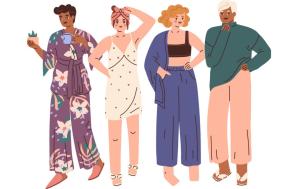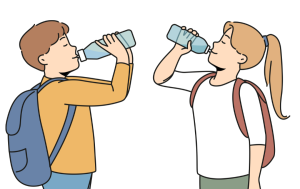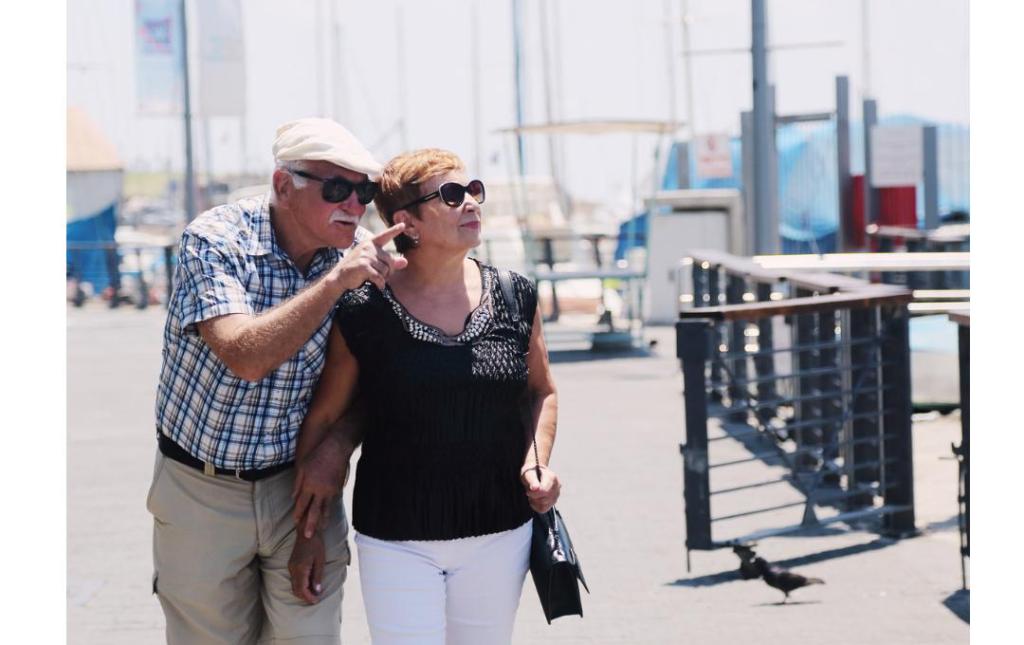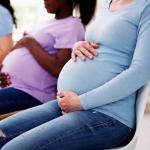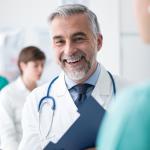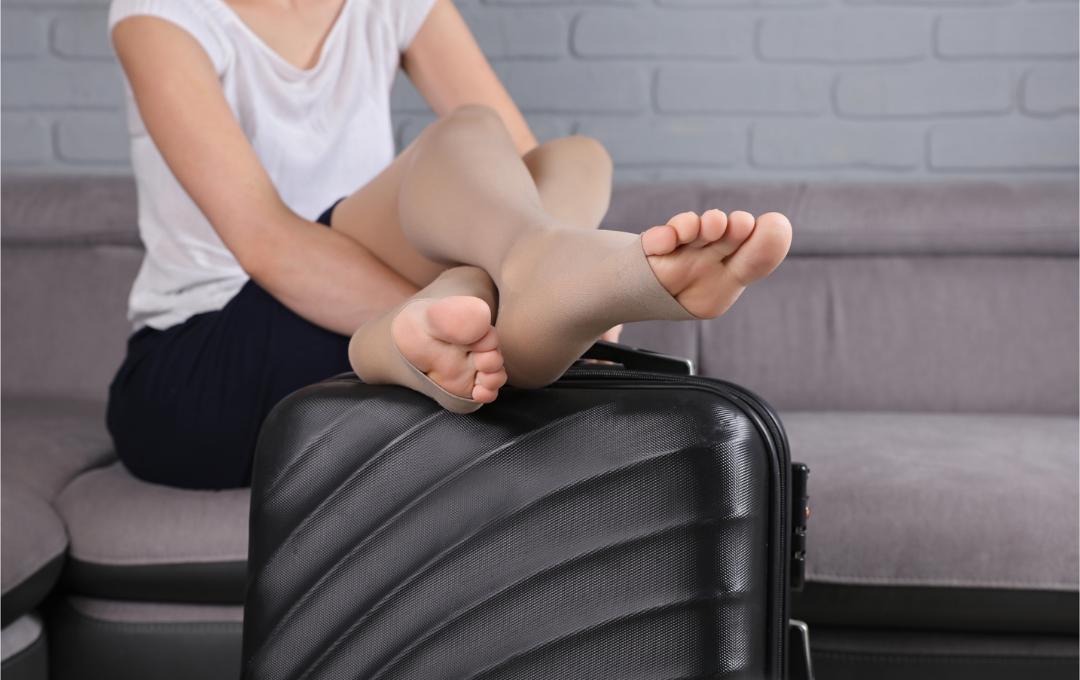
Embarking on a journey? Whether it’s a short plane hop or a cross-country road trip, it’s crucial to take steps to keep your veins happy and healthy Traveling with vein disease during the holidays can be challenging. Even for the fittest individuals, long rides on planes, trains, and cars can cause your circulation to slow and blood to pool in your legs. This can often lead to pain, cramping, and swelling, especially for those with varicose and spider veins.
Before beginning your holiday travel plans, it’s important to pay attention to the quality of your health. We’ve put together five important tips for those who are planning to travel this holiday season and suffer from varicose veins.
Understanding Vein Disease
Symptoms of vein disease like painful varicose or spider veins include: itching, burning, cramps, heaviness in the legs, swelling in the feet.
You may find that your energy level is affected, reducing your motivation to participate in daily activities. This can be very debilitating, especially during the holiday season when there are so many events, parties, and responsibilities to attend.
If you suffer from any of these symptoms, don’t let it prevent you from enjoying your holiday plans. Vein treatment is a simple outpatient procedure that doesn’t require hospitalization or general anesthesia. Most people resume walking right away and can resume most normal activities.
If you feel affected by painful and other unpleasant symptoms, then this may be a good time to schedule an appointment with us so we can get you back on track for the holiday season, especially if you plan to travel.
Five Travel Tips for Varicose Veins
 Get Up Move Around
Get Up Move Around
When flying, try to walk the cabin aisle whenever possible. Sitting cramped in a seat for long hours can slow down blood flow in your legs. Take regular breaks to walk, stretch, and flex your leg muscles to keep the blood flowing . If driving, take breaks to get out and walk for a short time.
 Lift Your Heels
Lift Your Heels
When the flight doesn’t allow you to get out of your seat, lift your heels like you’re getting on your tiptoes to engage your calf muscles. This allows the blood to pump from the heart which is key for vein health.
Elevate Your Legs
When you are sleeping or resting, elevate your legs above your heart level. This can help to reduce swelling/edema, inflammation, and pain. You can use pillows to prop your legs up, or you can purchase a special travel pillow that is designed to elevate your legs.
Wear Comfortable Clothes
Choose something loose instead of tight pants or dresses while traveling. Tight clothes cause increased pressure on the abdomen which hinders the venous system’s goal of moving blood up from the legs to the heart. Avoid wearing high heel shoes.
Wear Compression Stockings
A simple and effective way to help relieve venous insufficiency symptoms during travel is to wear compression stockings.
Stay Hydrated
Adequate water intake helps maintain the elasticity of your vein walls, preventing them from narrowing and restricting blood flow.
This, in turn, reduces the risk of venous insufficiency and deep vein thrombosis (DVT), a serious condition that can occur during prolonged periods of inactivity, such as long-haul flights or car rides. Here’s why staying hydrated is essential for vein health:
- Prevents vein wall narrowing: Water acts as a natural lubricant for your veins, keeping them supple and flexible. This prevents the walls from becoming constricted, which can impede blood flow.
- Combats Constipation: Staying hydrated helps keep your stool soft and regular, reducing the strain on your veins during bowel movements. Constipation can put extra pressure on your veins, increasing the risk of venous issues.
- Maintains Skin Elasticity: Water is crucial for maintaining the overall health of your skin, including its elasticity. Elastic skin helps your circulatory system work efficiently, promoting smooth blood flow through your veins.
- Limit the use of alcohol and caffeine while traveling.
Before traveling, we want to do everything possible to lower the risk of venous insufficiency and DVT. By following these simple tips, you can manage your vein health and minimize the risk of venous problems during your travels. However, it is best to consult a vein specialist if your symptoms persist. Remember, a healthy circulatory system is essential for overall well-being and a comfortable travel experience.
Even if you think you are not at risk of varicose veins, it is still advisable very important to get checked to check for determine if any other underlying, ongoing conditions that may have lead to have not caused any noticeable symptoms.
Take our symptoms quiz and answer five quick questions to evaluate your vein health.
We offer a variety of treatments for varicose veins, spider veins, and other symptoms of vein disease. Our treatments take about 15-30 minutes depending on the severity of your condition and require little recovery time so that you can get back to living your life right away.
Call us at 888.768.3467 to find out how we can help you be healthier for the holiday season. Don’t feel like calling? Click the button below to schedule your appointment online.


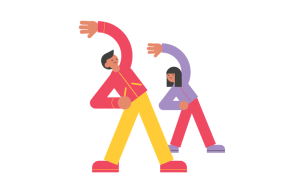 Get Up Move Around
Get Up Move Around Lift Your Heels
Lift Your Heels